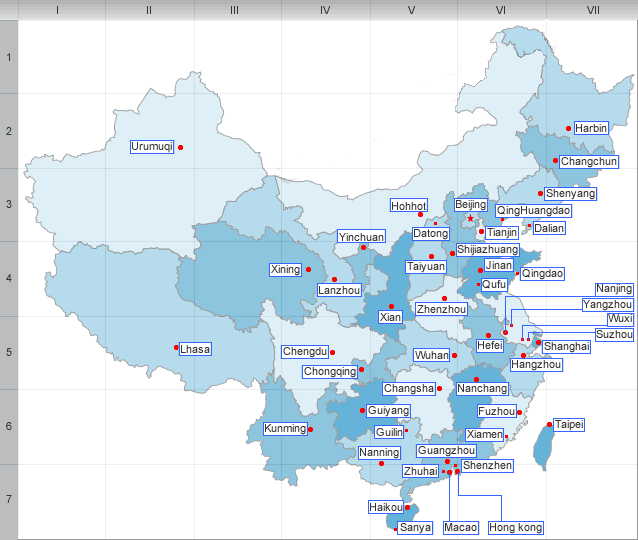history of Shandong
Shandong is a coastal province of eastern People’s Republic of China,which has an area of 59,200 sq mi (153,300 sq km),Its abbreviation is Lu, after the state of Lu that existed here during the Spring and Autumn Period.
Shandong’s name literally means "mountains’ east", which refers to the province’s location east of the Taihang Mountains. The province is located in the lower reaches of the Huang He (Yellow River) and extends out to sea in the form of the Shandong Peninsula. Shandong borders the Bohai Bay to the north, Hebei to the northwest, Henan to the west, Jiangsu to the south, and the Yellow Sea to the southeast; it also shares a very short border with Anhui, between Henan and Jiangsu.
A common nickname for Shandong is Qilu, after the state of Lu and state of Qi that existed here during the Spring and Autumn Period.
History
Shandong is located on the eastern edge of the North China Plain, and felt the influence of Chinese civilization since its very beginnings.
The modern province of Shandong was created by the Ming Dynasty. It also included much of modern-day Liaoning at the time. Under the Qing Dynasty, Shandong acquired (more or less) its current borders.
Under the government of the People’s Republic of China, parts of western Shandong was initially given to the short-lived Pingyuan Province, but this did not last. Shandong also acquired the Xuzhou and Lianyungang areas from Jiangsu province, but this did not last either. For the most part Shandong has kept the same borders that it has today.
In recent years Shandong, especially eastern Shandong, has raced ahead in economic development, becoming one of the richest provinces of China.
| PREV:Economy of Jiangsu | Next:Geography and climate of Shandong |



